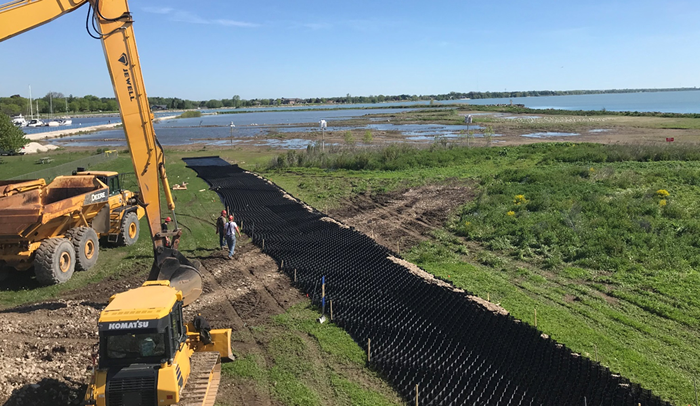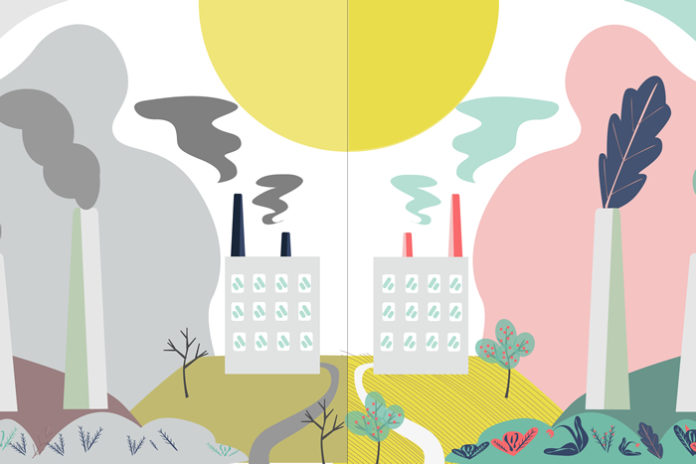Start the week with the latest in the geoengineering world. Here’s the GeoWire conversation for the week of October 5. WORK SMARTER.
ENVIRONMENTAL IMPACT
Early on, the Covid crisis helped (temporarily) heal some environmental damage. Now, it may be creating new environmental threats. For example, the onset of cool fall temperatures in the US is prompting a rush on propane heaters for outdoor gatherings. [Axios]
California and China have announced plans to reach “carbon neutrality” by 2045 and 2060, respectively. Only one of those seems possible, in part because of how they are defining the term. This is a problem. [NetZero from Bloomberg, via LinkedIn]
Much of Europe’s wind energy grid will reach its End of Life (EoL) design in the next 15 years. What will be the steps following that? An online event takes a look at this aging infrastructure within a sector undergoing radical innovations. [WindEurope]
GEOSYNTHETICS
Dredging disposal areas can be beneficially reused if they are responsibly managed. The design of a containment disposal facility haul road in Manitowoc, Wisconsin shows how to get high-impact results for the operation with low impact on the environment. It’s exactly what’s needed for future reuse. [Geosynthetica]

Geosynthetics and Aquaculture on AGRU Podcast [Geosynthetica]
October’s online learning opportunities in geosynthetics are quite impressive. [Geosynthetica]
INTERESTING READS
Despite the presence of so many colors of carrots, why is orange so dominant in markets? Blame the Dutch. [Washington Post]
It’s October. This year’s Nobel Prizes are being announced. [Nobel]
It’s also election season: Which pre-hibernation brown bear is fattest? [NPR]
TECHNOLOGY
The Internet of Things (IoT) has been all the talk, with many wired up gadgets incorporated into infrastructure. How safe are they? Even your coffee maker might be at risk. [WIRED]
A simple, fast, at-home test for SARS-COV-2? It’s coming, and it’s being designed with just a $0.05 chip. [Fast Company]
Headset technology is cheaper and better than ever, yet remains outside of the mainstream. This needs to change. [Economist]
WORK LIFE
Stressed by Covid work disruptions? Worried more disruption is to come? We’ve got some solutions to ease the anxiety and help you and your teams. [Inc.]
Speaking of which: What to do when your mind dwells on worst-case scenarios. [Harvard Business Review]
Three steps to creating a more equitable workforce [Knowledge@Wharton]
This is the October 5, 2020 GeoWire from Geosynthetica. GeoWire is published on Mondays with thought-leading links to help infrastructure professionals work smarter. News and ideas to share? Contact us.
Recent GeoWire Editions
September 28, 2020
September 21, 2020
September 14, 2020
September 7, 2020












